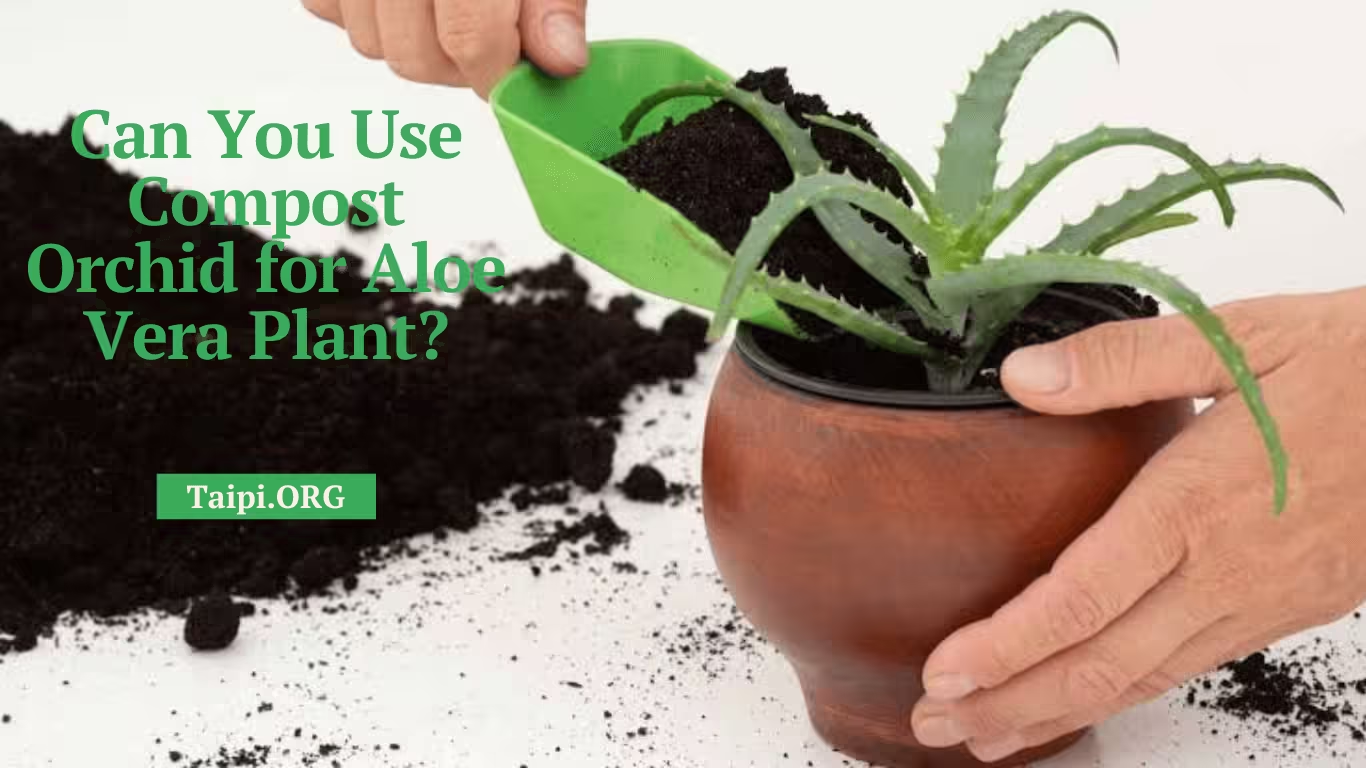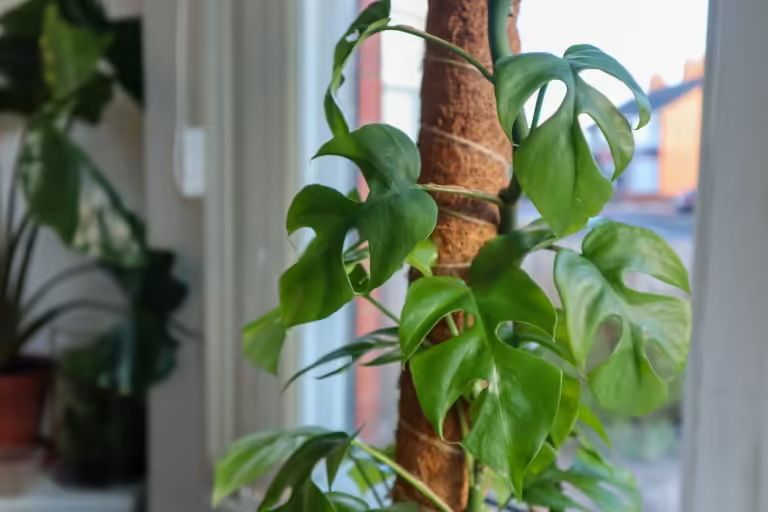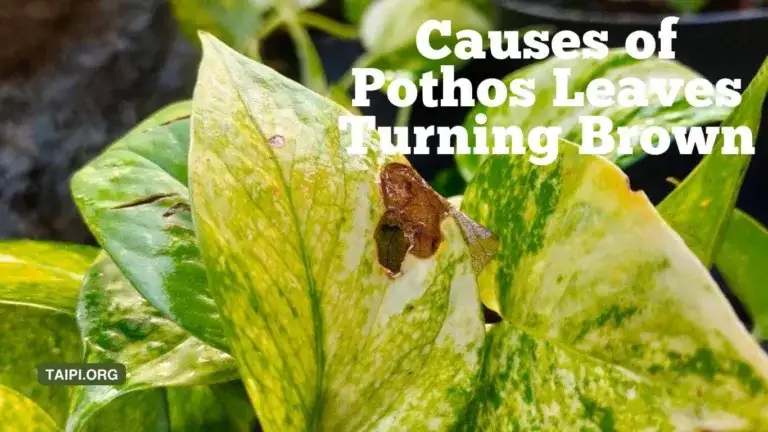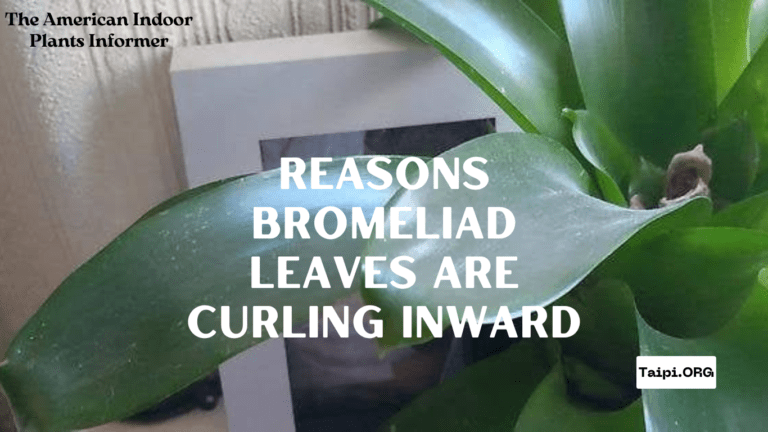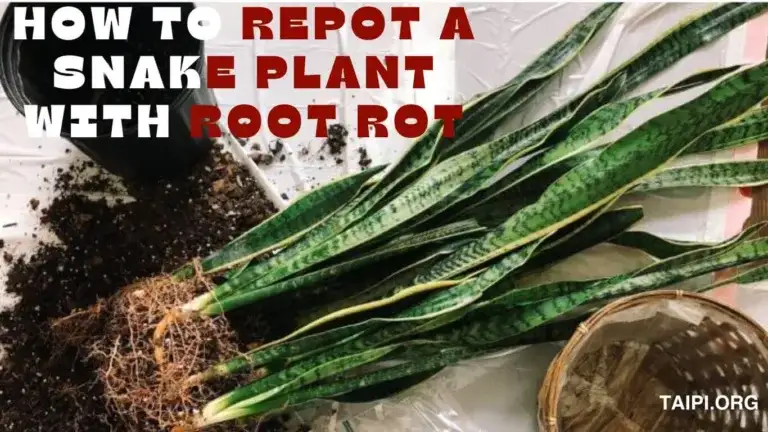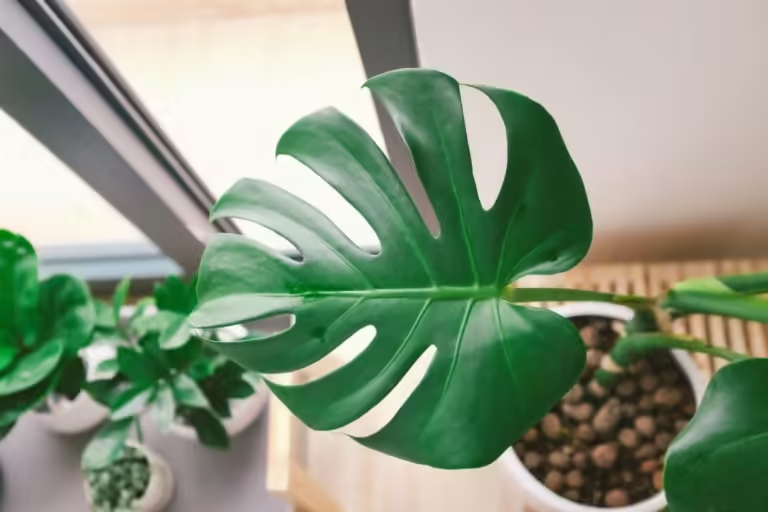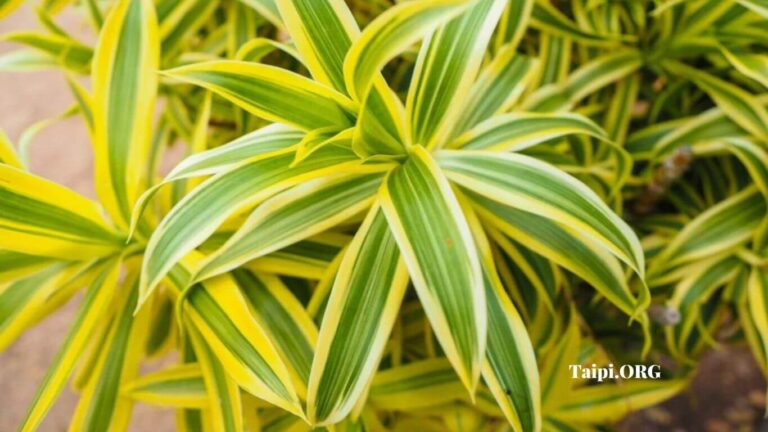Can You Use Orchid Compost for Aloe Vera Plant?
GARDENING enthusiasts often explore innovative ways to enhance the health and vitality of their plants. One such method that is gaining popularity is the use of composted materials from specific plants to nourish others. So, it’s reasonable when you ask; can you use orchid compost for Aloe vera plant or it is better to stick with traditional compost?
While orchid compost is specifically designed for the unique needs of orchids, it may not be the ideal choice for Aloe vera.
The plant tends to prefer a soil mix that includes a combination of sand, perlite, and regular potting soil to ensure proper drainage and aeration.
The orchid compost, which often contains larger chunks of bark and coir, might not provide the right balance for Aloe vera.
What to Know Before Growing Indoor Plants
Before you embark on beautifying your house with various indoor plants, you need to understand each plant’s needs. The first need is the type of compost to use.
Understanding Composting
Composting is a natural process that transforms organic matter into a nutrient-rich soil conditioner.
It involves the decomposition of various materials by microorganisms, resulting in a humus-like substance.
Compost is known for its ability to improve soil structure, retain moisture, and provide essential nutrients for plant growth.
Orchid Compost Composition
The compost that is derived from orchids, consists of a blend of materials such as bark, coconut coir, and sometimes perlite. These components are chosen to create a well-draining medium suitable for orchid cultivation.
Orchids, being epiphytic plants, require good aeration around their roots, which is why the components in orchid compost focus on promoting aeration.
Aloe Vera’s Growing Requirements

Aloe vera, on the other hand, is a succulent plant that thrives in well-draining soil with a slightly acidic to neutral pH. The plant prefers dry conditions between watering to avoid root rot.
Given these preferences, the question arises: can composted orchid material meet the needs of Aloe vera? The simple answer is no!
Alternative Composting Options
Instead of relying solely on composted orchid material, create a general-purpose compost by combining kitchen scraps, leaves, and other organic matter.
This diverse mix will contribute a wide range of nutrients, fostering a healthier environment for your Aloe vera plant.
Additionally, incorporating well-rotted manure or composted cow dung into the soil can further enhance its fertility.
Pro Tips on How to Care for the Aloe Vera Plant
Growing Aloe vera indoors can be a rewarding experience, but it requires careful attention to its specific needs. Follow these professional tips to ensure your Aloe vera thrives in the indoor environment:
Provide Optimal Lighting
Place your Aloe vera near a south or west-facing window to receive bright, indirect sunlight.
Supplement with fluorescent or grow lights if natural light is limited.
Use Well-Draining Soil Mix
Choose a well-draining potting mix designed for succulents or cacti. Enhance drainage by adding perlite or sand to the soil mix.
Select the Right Pot
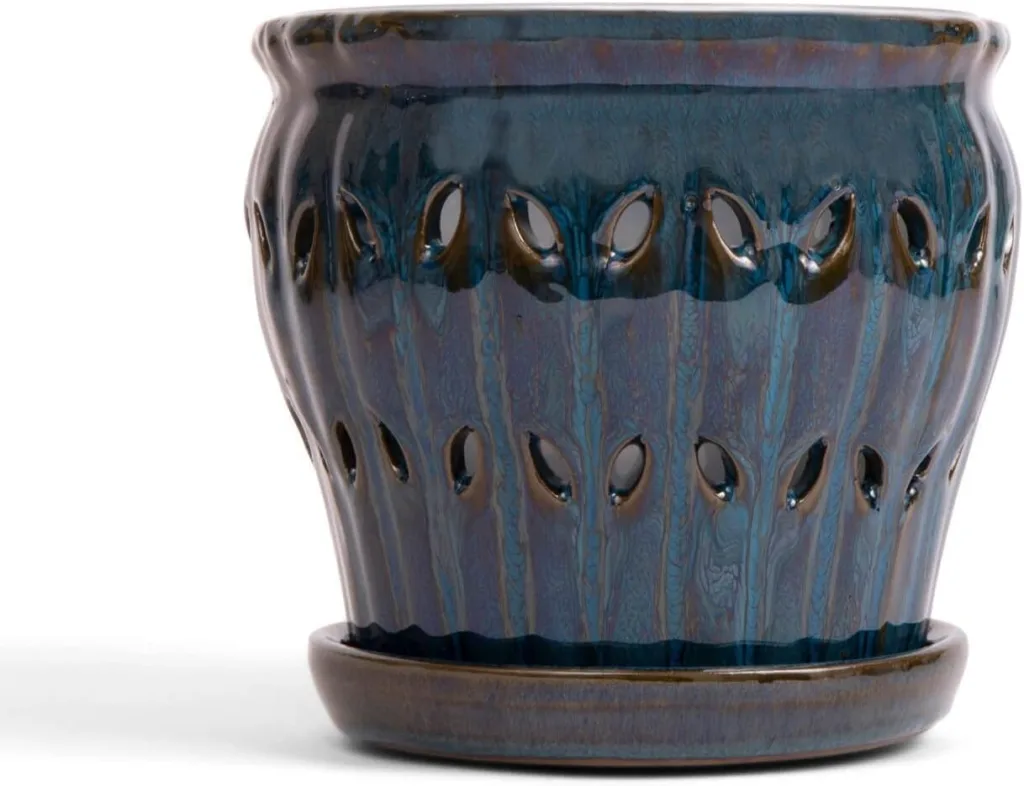
Use a pot with drainage holes such as the rePotme 6-inch Ceramic Orchid Pot with Holes (picture above) to prevent waterlogging. Choose a shallow but wider pot that allows for slight root binding to promote healthy growth.
Watering Wisdom
Allow the soil to completely dry out between waterings. Aloe vera is drought-tolerant.
Water sparingly during the growing season and reduce watering in the dormant period.
Maintain Ideal Temperature and Humidity
Maintain temperatures between 59°F to 77°F (15°C to 25°C), avoiding frost exposure. Aloe vera is well-suited to average indoor humidity levels.
Prune Professionally
Trim dead or damaged leaves at the base using clean, sharp scissors or pruning shears.
Harvest mature leaves near the base for their gel, known for various health benefits.
Fertilization Strategy
Feed your aloe vera plant sparingly with a diluted, balanced, water-soluble fertilizer during the growing season.
Keep Vigil on Pests
Keep an eye out for pests and bugs like mealybugs; address them promptly with a damp cloth or insecticidal soap.
Ensure Proper Air Circulation
Promote good air circulation around the plant to prevent fungal issues.
Rotate Regularly
Regular rotation of the aloe vera plant is crucial to ensure even exposure to sunlight, fostering balanced growth.
By incorporating these professional care tips, you’ll create an optimal environment for your Aloe vera, ensuring it not only survives but thrives as a resilient and beneficial addition to your indoor space.
Can You Use Compost Orchid for Aloe Vera Plant FAQs
Q: How often should I water my Aloe vera plant?
A: Aloe vera prefers to dry out between waterings. Water sparingly, allowing the soil to completely dry before watering again. During the growing season (spring and summer), water more frequently, but reduce watering in the dormant period (fall and winter).
Q: Can I keep my Aloe vera plant on a windowsill with direct sunlight?
A: While Aloe vera loves sunlight, direct, intense sunlight, especially in hot climates, can lead to sunburn. It’s best to place your Aloe vera near a south or west-facing window with bright, indirect sunlight. If direct sunlight is unavoidable, provide some shading during the hottest part of the day.
Q: How do I propagate Aloe vera?
A: You propagate Aloe vera through offsets, or “pups,” that grow at the base of the plant. Gently remove the offset, allow it to dry for a day, and then plant it in a well-draining potting mix. Propagation can also be done using leaf cuttings, but this method is less common.
Q: Is it normal for my Aloe vera to change color or become brownish?
A: Aloe vera leaves can turn brown due to various reasons, including overwatering, exposure to extreme temperatures, or insufficient sunlight. Ensure proper watering practices, provide adequate sunlight, and monitor the overall health of the plant. Trimming brown or dead leaves can improve the plant’s appearance.
Q: Can I use regular potting soil for my Aloe vera?
A: Aloe vera requires a well-draining soil mix to prevent waterlogging and root rot. While regular potting soil can be used, it’s advisable to mix it with sand, perlite, or purchase a specialized succulent/cactus potting mix. This ensures the proper balance of drainage and aeration, essential for the health of your Aloe vera plant.
My Parting Shot on Can You Use Orchid Compost for Aloe Vera Plant?
While composting is a fantastic way to recycle organic matter and enrich the soil, it’s crucial to tailor the compost mix to the specific needs of the plants you’re cultivating.
In the case of Aloe vera, using composted orchid material might not provide the optimal balance of nutrients and aeration.
Opting for a more versatile compost mix, incorporating kitchen waste and well-rotted manure ensures your Aloe vera receives the nutrition it requires for robust growth.
As with any gardening practice, experimentation and observation will guide you toward the best solution for your unique plant care needs.

